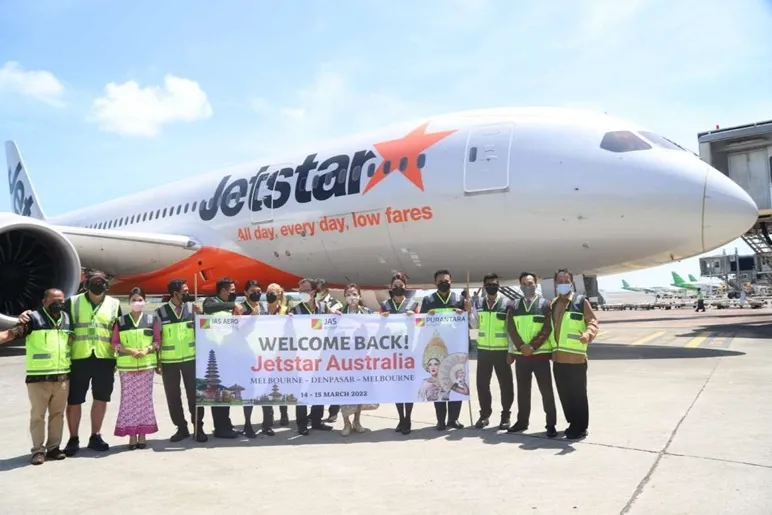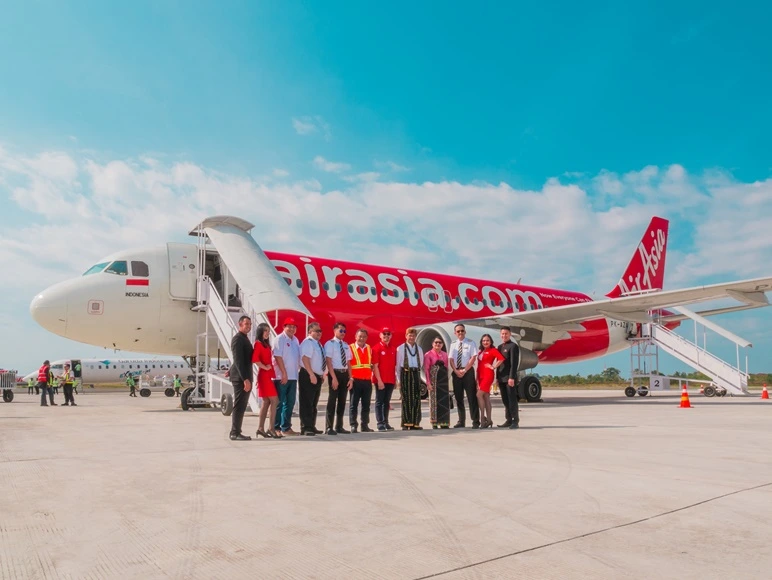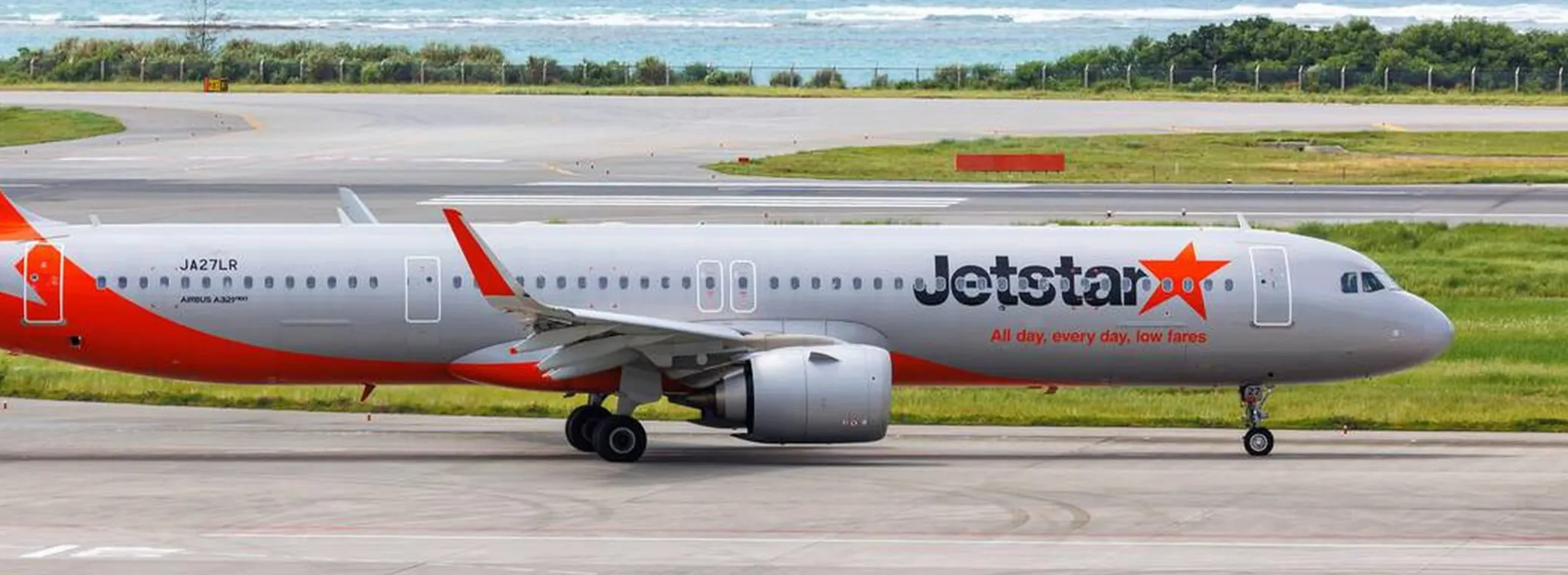Bali’s position as a top holiday destination for Australians is about to become even more prominent. Two major low-cost carriers—Jetstar and Indonesia AirAsia—have announced new direct flight routes from Australia to Denpasar, significantly boosting travel capacity just ahead of the high season. This makes the island feel closer than ever for travelers from Down Under
This makes the island feel closer than ever for travelers from Down Under

Starting 1st August 2025, Jetstar will introduce a direct Gold Coast–Bali service operating three times weekly, flying on Wednesdays, Fridays, and Sundays. Meanwhile, Indonesia AirAsia is making its first foray into South Australia with the launch of its Adelaide–Denpasar route, scheduled to begin on 25th June 2025. This service will operate four times a week, further deepening the airline’s reach across Australia, where it has recently expanded to include Cairns, Darwin, and Perth.
These developments come as no surprise. Australian tourists have consistently topped the list of international arrivals to Bali, drawn by the island’s appeal—sun-drenched beaches, rich cultural experiences, and year-round tropical warmth. With increased connectivity, particularly from regional Australian cities, Bali is becoming even more accessible for travelers seeking a convenient and budget-friendly escape.

However, the rapid expansion of direct flights into Denpasar also raises important questions about Bali’s capacity to sustainably manage this growing influx of visitors. In recent years, Bali has experienced mounting pressure on its infrastructure—from overburdened roads and water systems to the strain on waste management in popular tourist areas. The increased volume of flights and visitors may exacerbate these issues, especially during the peak travel season when accommodation, transportation, and natural resources are already under significant stress.
There is also the broader cultural and environmental impact to consider. As Bali welcomes tens of thousands more tourists through expanded airline routes, concerns continue to rise over overtourism, particularly in areas like Canggu, Seminyak, and Ubud. The balance between supporting economic growth through tourism and preserving the island’s cultural heritage and ecological stability is becoming increasingly fragile.
Local authorities and tourism boards have signaled intentions to focus more on sustainable tourism development, and the influx of flights from Australia—Bali’s most consistent tourism market—will likely test these ambitions. Can Bali continue to grow its tourism economy without compromising the very elements that make the island so alluring in the first place?
For now, what’s clear is that Bali is entering a new chapter in its relationship with Australian travelers. With enhanced air connectivity from both eastern and southern coasts of Australia, the island stands to benefit from renewed momentum in its post-pandemic tourism recovery. At the same time, this growth spotlights the urgent need for coordinated infrastructure planning and sustainable travel practices that extend beyond seasonal surges.




 Billy Bagus
Billy Bagus
 May 15, 2025
May 15, 2025






